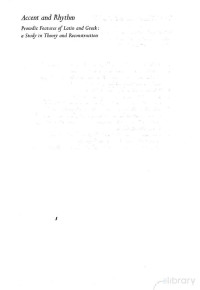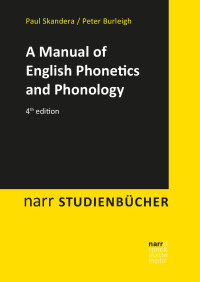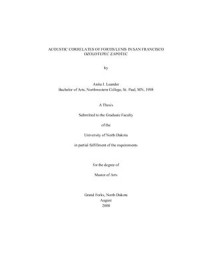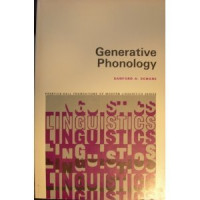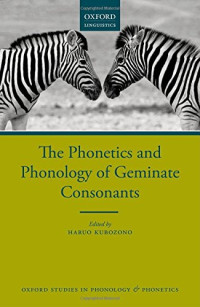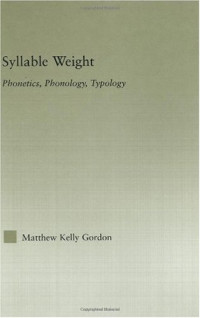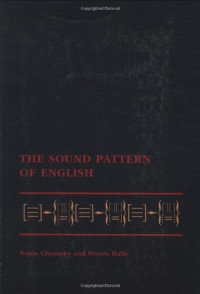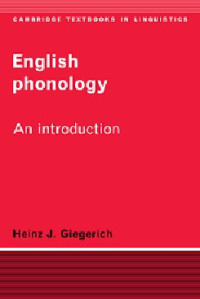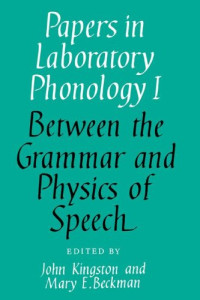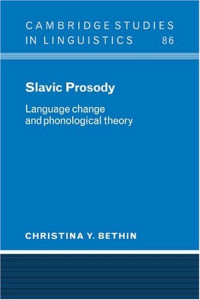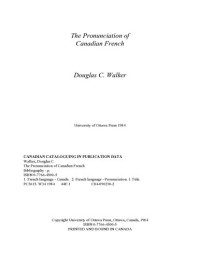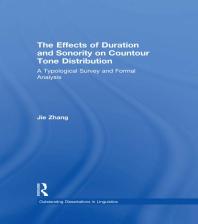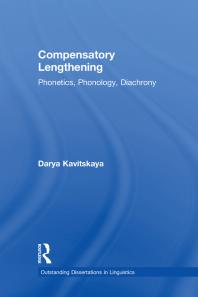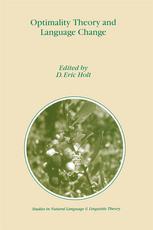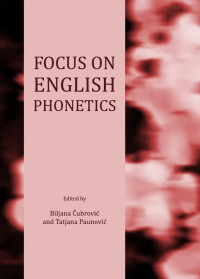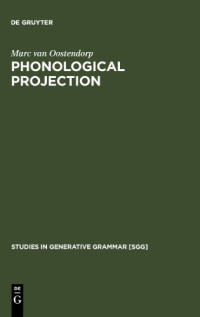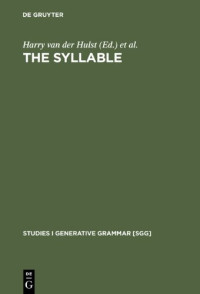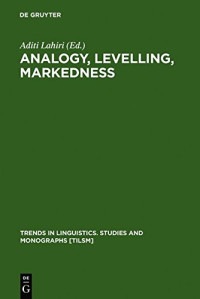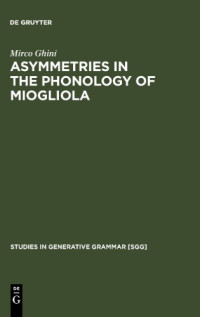
Vowel quantity and the fortis-lenis distinction in North Low Saxon
Maike Prehn
The goal of this phonological investigation is to establish whether the primary prosodic feature in Low German dialects is tone, quantity, or something else entirely. All in all, we find that Low German employs a combination of vowel quality and vowel quantity, which carries functional load. It is a binary phonological system accounting for the ternary vowel duration found in Low German. I point out a crucial distinction between fortis vs. lenis consonants by means of laryngeal specification vs. underspecification and, hence, structural complexity of the segments. It is this complexity opposition in the coda consonants, which has a profound impact on the vowel duration of a preceding nucleus. We arrive at a phonological surface opposition of monomoraic vs. bimoraic and lax vs. tense in the vowel system, and of laryngeally specified vs. unspecified in the consonant system. Underlyingly, no quantity contrast exists in Low German, all vowels being simply monomoraic. What remains is quality. With the data and analyses presented in this thesis, Low German falls in the category of languages featuring three phonetic degrees of vowel length that can be traced back to a binary contrast at the surface level. No ternary quantity system is required.
年:
2012
出版商:
LOT
語言:
english
頁數:
343
ISBN 10:
9460930778
ISBN 13:
9789460930775
文件:
PDF, 37.13 MB
IPFS:
,
english, 2012
 Amazon
Amazon  Barnes & Noble
Barnes & Noble  Bookshop.org
Bookshop.org  轉換文件
轉換文件 更多的搜索結果
更多的搜索結果 其他特權
其他特權 ![Colin J. Ewen, Ellen M. Kaisse (editors) — [Journal] Phonology. Volume 27. Issue 1](https://s3proxy.cdn-zlib.se/covers200/collections/genesis/0564dd872f7634b2b0ecf8ad508077b712bc88db2c5c1ac2ea685e532d5d5b4b.jpg)


